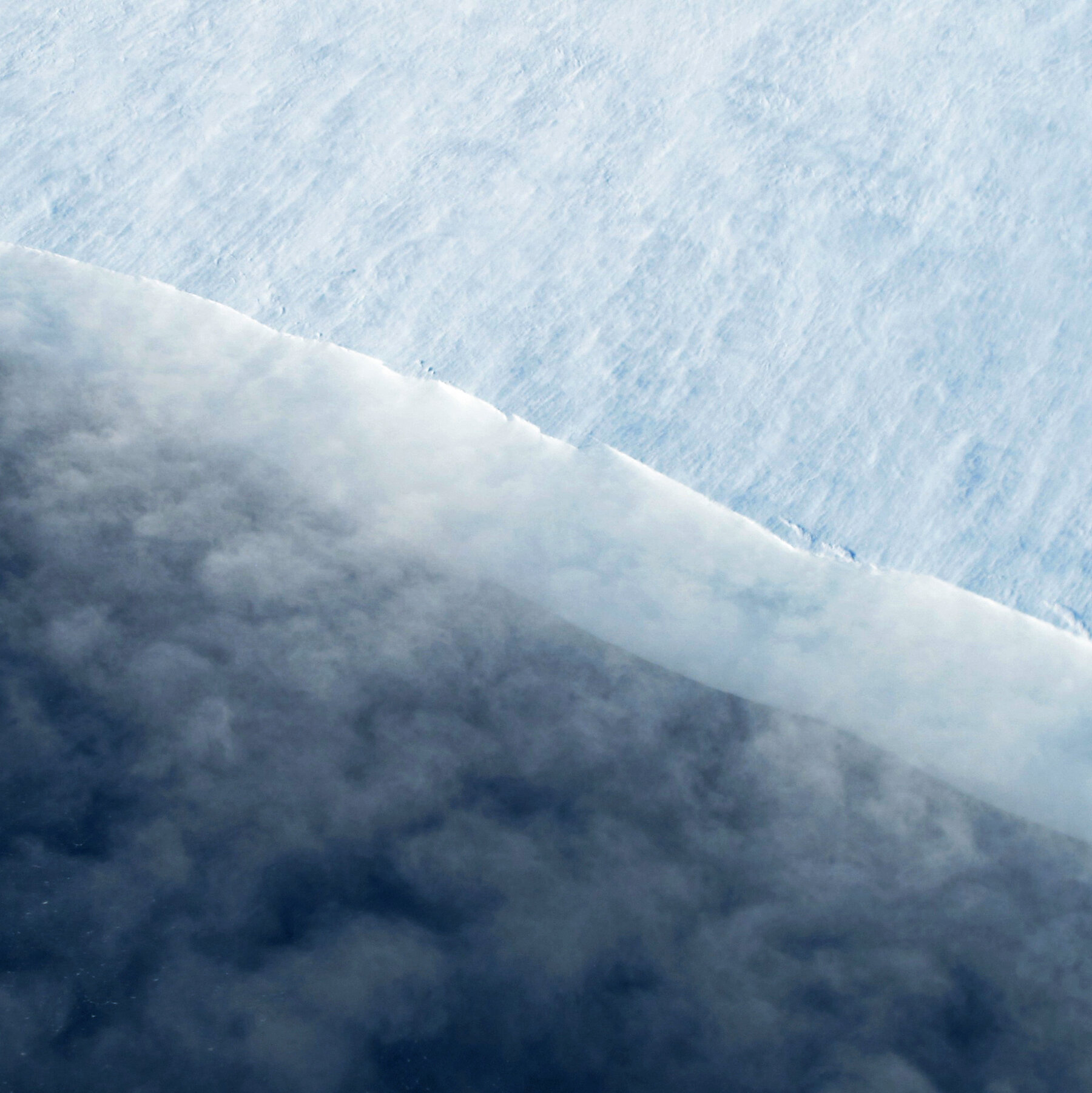
The Unalterable Destiny of the World’s Glaciers: A Harsh Climate Reminder
Even if efforts to reverse global warming prove successful, it may already be too late to salvage the Earth’s mountain glaciers. A significant study published in Nature Climate Change presents a grim outlook: once the melting of glaciers commences, their restoration becomes highly uncertain—even if temperatures eventually revert to safer levels. This research affords the first global forecasts of glacier behavior over nearly 500 years, granting an unparalleled long-term perspective on how these vital ice structures react to transient warming and cooling cycles.
Entitled “Commitment to future glacier mass loss from climate overshoot pathways,” the study cautions that humanity’s ongoing climate course could result in substantial and largely irreversible glacier losses—shaping the environmental heritage that future generations will confront well into the 26th century.
Glacier Melting in an “Overshoot” Environment
Central to the study is the notion of “climate overshoot,” which pertains to situations where average global temperatures surpass the internationally recognized threshold of 1.5°C above pre-industrial values for a certain duration before eventually declining due to robust mitigation strategies, such as carbon dioxide extraction.
The researchers modeled a scenario where temperatures peak at 3°C by 2150 and subsequently gradually decrease to 1.5°C by 2300, stabilizing thereafter. The findings were stark: this temporary overshoot would result in glaciers losing up to 16% more of their overall mass compared to a scenario where temperatures remain within the 1.5°C threshold.
“This indicates that temporary warming imprints a lasting impact,” stated Dr. Fabien Maussion, Associate Professor in Polar Environmental Change at the University of Bristol and the study’s lead author. “Even if we manage to reverse warming later, the harm to glaciers is already inflicted.”
Consequences for Sea Level and Water Availability
The extra loss of glacier ice directly contributes to rising sea levels, affecting millions residing in coastal areas. However, the ramifications extend beyond just elevated seas.
Mountain glaciers serve as critical freshwater reservoirs for various regions, notably in the Himalayas, Andes, and Alps. The meltwater they supply sustains agriculture, supports hydropower, and fills rivers and reservoirs during arid periods. The study indicates that many of these glaciers would fail to recover their lost mass by the year 2500—even with successful global cooling measures.
For communities relying on these glaciers, the ramifications are dire. Ice loss translates into prolonged uncertainty regarding water availability, particularly during dry months when meltwater is essential.
Uneven Reactions, Unequal Outcomes
Crucially, not all glaciers respond uniformly to warming—or potential recovery. The study uncovered significant regional variances:
– Large polar glaciers, such as those in Greenland and parts of Antarctica, might take millennia to recuperate, if recovery is even feasible.
– Mid-latitude and tropical mountain glaciers—like those in the Alps, Andes, and Himalayas—are more reactive but may still require many generations to regain their frozen mass.
– Even after temperatures return to pre-overshoot levels, glaciers would still have lost 11% more of their volume by 2500 compared to a scenario in which warming had been averted.
Glaciers located in lower latitude and altitude regions are particularly at risk, suggesting that countries in Asia and South America might face more severe consequences than those situated nearer to the poles.
From “Peak Water” to “Trough Water”
The study also presents a less familiar yet crucial concept: “trough water.” During glacier melt, communities often face “peak water”—a temporary spike in runoff as ice melts more rapidly. However, if the climate cools and glaciers start to regrow, they absorb water instead of releasing it, leading to decreased downstream flow known as “trough water.”
“In overshoot scenarios, half of the world’s glacial river basins could encounter decades to centuries of diminished flow—precisely when we would expect conditions to stabilize due to declining temperatures,” remarked lead author Dr. Lilian Schuster from the University of Innsbruck. “This paradoxical effect could exhaust water supplies essential for drinking, agriculture, and energy production.”
Trough water complicates climate planning, especially in areas where carefully regulated water systems depend on reliable glacier runoff.
Envisioning Beyond 2100: A Novel Perspective for Climate Research
Most climate models project only to the year 2100, but this narrow limit fails to account for the long-term repercussions of short-term actions. This study expanded the timeframe to 2500, employing open-source glacier modeling tools and climate forecasts from institutions such as the University of Bristol and the University of Bern.
By broadening the timescale, the researchers underscore a matter of increasing importance: the choices made today resonate across centuries. After years of assuming emissions could be reversed and global temperatures corrected with technological advancements, this study exposes a sobering reality—certain environmental damages, like glacier melting, cannot simply be remedied.
A Plea to Prevent Overshoot